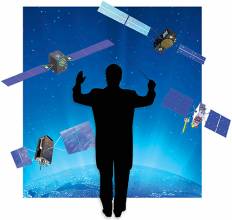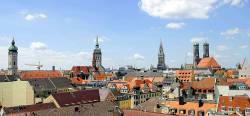GNSS Satellites Fill Launch Manifest

It will be a busy few weeks for GNSS satellite launches in January and February.
Up next is the Wednesday (January 20, 2016) is a launch of the fifth spacecraft for the Indian Regional Navigation Satellite System (IRNSS). The Indian Space Research Organization plans to complete the IRNSS constellation with two additional launches in February and March.
By Inside GNSS











